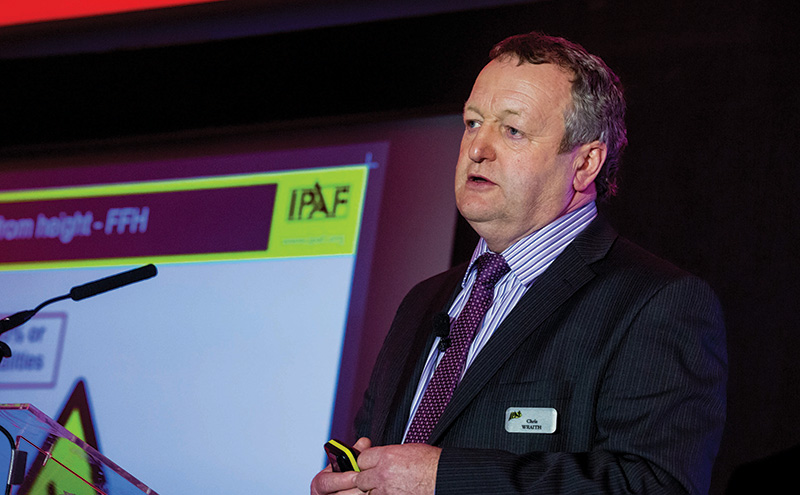
THE fatal injury rate for mobile elevating work platforms (MEWPs) has remained constant, even though the total MEWP rental fleet and the number of rental days worldwide have increased.
IPAF said its release of the 2015 MEWP-related accident data and its preliminary fatal injury rate calculations confirm that MEWPs are one of the safest ways to perform temporary work at height.
For 2015, the number of days a rented machine was operated per year was 192.2 million and the number of reported MEWP fatalities was 68, to give a fatal injury rate of 0.035. Of the 68 reported MEWP fatalities for 2015, the main causes were overturn, falls from height, electrocution and entrapment.
In 2014, the number of days a rented machine was operated per year was 182.4 million and the number of reported MEWP fatalities was 64, to give a fatal injury rate of 0.035.
In 2013, the number of days a rented machine was operated per year was 168.4 million and the number of reported MEWP fatalities was 68, to give a fatal injury rate of 0.040.
The accident data from 2013 to 2015 shows that the main causes of MEWP-related fatalities were: fall from height (31%), overturn (27%), electrocution (15%) and entrapment (15%).
The MEWP fatal injury rate as calculated by IPAF takes into account the following factors:
• Estimated rental fleet size, based on the IPAF Powered Access Rental Market Reports
• Estimated average utilisation rates per country and worldwide (utilisation rate is defined as the share of the fleet out on rent at any time over a year)
• Average days worked per year (5 days a week for 50 weeks a year)
• The number of fatalities involving MEWPs in a given year, based on the IPAF accident reporting project
Presenting the research at the IPAF Summit in Madrid, Chris Wraith, IPAF technical & safety executive, noted that international accident data is presented in different formats, which sometimes makes it difficult to draw useful comparisons.
He said, “MEWPs are part of the solution in preventing falls from height, but we should recognise that MEWPs introduce hazards that need managing. Engineering control is but one option, and the industry is starting to work together on a global scale to ensure continual improvement.”
IPAF said that its accident reporting project, launched in 2012, is “gradually creating a comprehensive record of known accidents”. The data enables IPAF to improve the content of training programmes, develop technical guidance, target specific high-risk professions or activities, and provide research findings used to influence standards.











